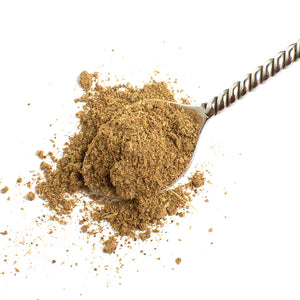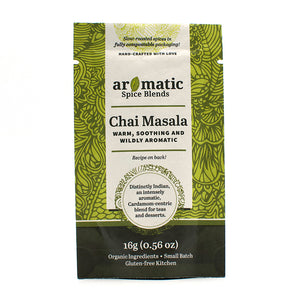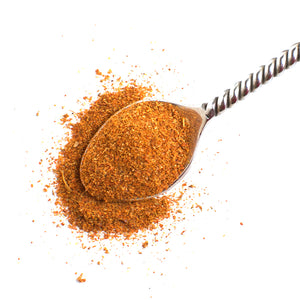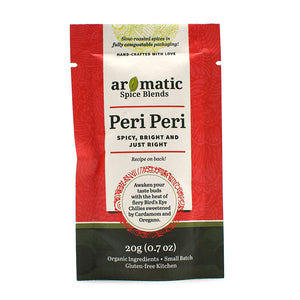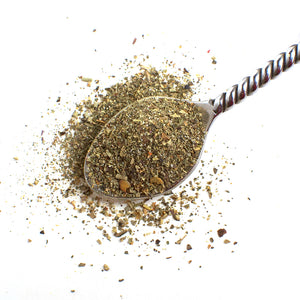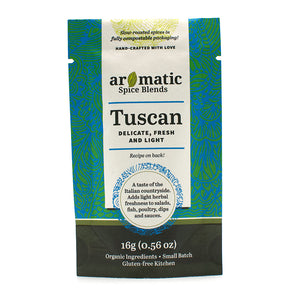By Deepa Patke
As Spice Blenders we are often lauded by our customers for using Ceylon Cinnamon in our beverage blends. And I would like to share with you why we are so particular in using the correct species of Cinnamon.
So let’s open the conversation by delving briefly into the history, science and health benefits of Cinnamon. You will also find a simple recipe at the end.
Cinnamon is readily available as a powder and as quills of the bark of a tree from the laurel family, native to Asia. The botanical name of the Genus is Cinnamomum and there are two main species of this Genus: the commonly available retail version which is Cinnamomum aromaticum or Cassia Cinnamon and Cinnamomum verum or Ceylon or True or Sweet Cinnamon.
The fruit, bark and leaves of Cinnamomum trees from both species and several subspecies of the Cassia version have health benefits, which include:
- increasing insulin sensitivity and metabolism
- anti-fungal, antiviral and anti-bacterial properties
- the ability to block Tau protein buildup in the brain leading to prevention of Alzheimer’s disease
- beneficial effects on cardiovascular, respiratory and digestive health
- prevention of cancer cell proliferation
However, there are differences in Ceylon or True Cinnamon and Cassia Cinnamon that are crucial to deciding which one is to be used for what purpose.
Both types of cinnamon contain several bioactive components that contribute to their benefits. However, one of the components, Coumarin, present in both species and subspecies of Cinnamomum can have detrimental effects on the liver if consumed in large amounts on a continuous basis. Ceylon cinnamon has just .004 % Coumarin, while Cassia cinnamon can have upto 4% of Coumarin.
So how safe is it to consume either of these?
While both have tremendous health benefits, Ceylon Cinnamon is a better choice for regular consumption, especially for direct use as in beverages. It also has a sweeter taste with light notes of citrus.
Cassia cinnamon on the other hand is more pungent and intense and has sharper notes, complementing savory dishes. Also, because of its higher Coumarin content, it is best to use it blended with other spices, thereby diluting the Coumarin levels.
So how do you know which one is which? Most spice companies do not specify which type of Cinnamon is used in their blends…well, they are not required to. We make it a point to specify the exact species of Cinnamon that goes into our blends.
Now, a little bit about the art of creating the beautiful quills you see in the jars! Ceylon cinnamon is found in the market in the form of quills Ceylon Cinnamon quills are made by stripping the bark off the cinnamon tree that is about 4 years old. The bark is then cleaned and peeled off of the outer layer. The inner layer is dried completely and then layers of this thin bark are rolled into quills. These quills have a beautiful light brown/ orange color, are fragile and can be easily broken apart and into a powder (top photo).

The method for creating quills from the Cassia species is similar except that the bark is thicker and is rolled into a single tunnel like quill (bottom photo). It is also much harder to break and has a darker brown color.
So with all this information in our hands, we use only the finest organic, pesticide-free Cinnamomum verum (Ceylon Cinnamon, True Cinnamon) for our beverage blends while using Cassia Cinnamon in our savory blends.
As always, everything in moderation is key to benefiting from the vast array of bioactive compounds that are responsible for tremendous health benefits. Health benefits that were known thousands of years ago and mentioned in medical texts originating in India, China, Indonesia, Vietnam and reaching Greece, Egypt and the Roman Empire. Finally, let us not forget that brutal wars that were fought by the Portuguese, Spaniards and the British to exert dominance over the spice trade and the lands and people that cultivated these spices for millennia before them, annihilating not only human lives but in many instances the plants themselves to create a dearth and subsequent monopoly over trade of these beautiful gems gifted to us by the earth.
With such a rich background, would it not be worth it to try our beverage blends made with Ceylon Cinnamon and our savory blends made with Cassia Cinnamon? See if you can taste the difference!
Recipe for Cinnamon Ginger Tea for one
To one cup of water add 1/4 of a Ceylon cinnamon quill (break it with your hands) and 1/4 inch of crushed fresh ginger. Bring this concoction to a boil and simmer covered for 15 minutes until the color changes to deep reddish brown. Strain and drink as-is.



